Karl Stubley, R.A.F. Collection |
|
(1913-1997) |
|
Page 4 |
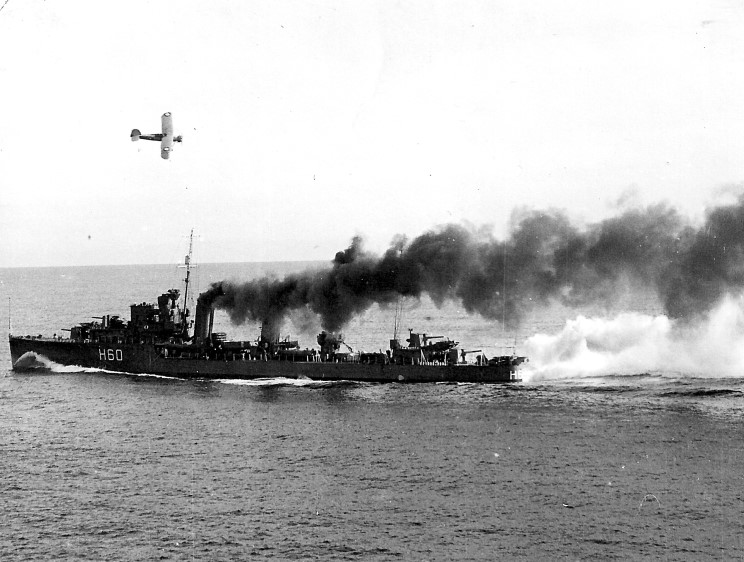 |
|
1937: HMS Crusader H-60 seen from HMS Courageous, note the Fairey Swordfish in the background. |
|
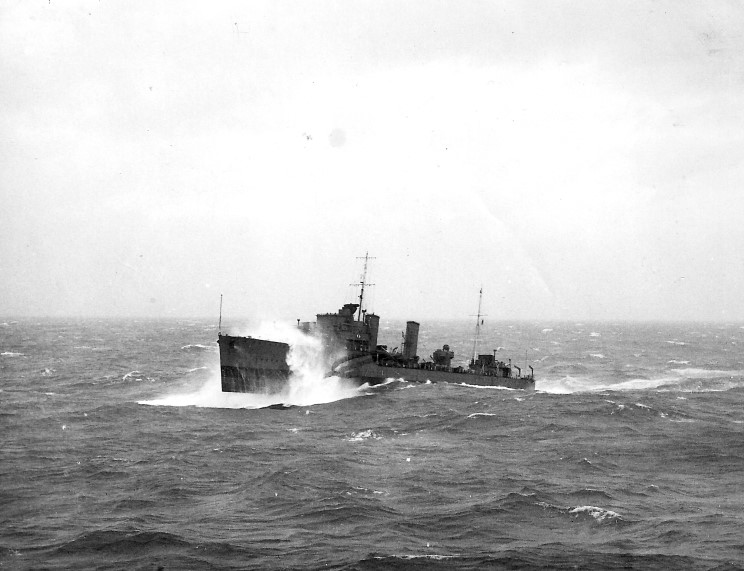 |
|
1937: HMS Crusader H-60 seen from HMS Courageous. |
|
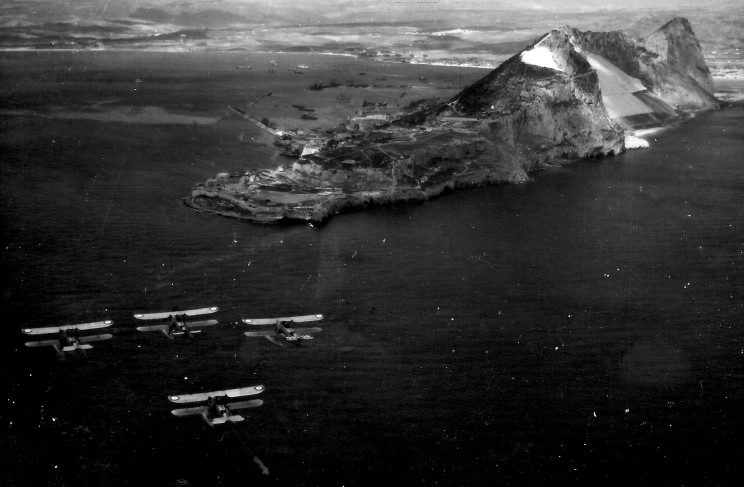 |
|
A group of Fairey Seal float planes. |
|
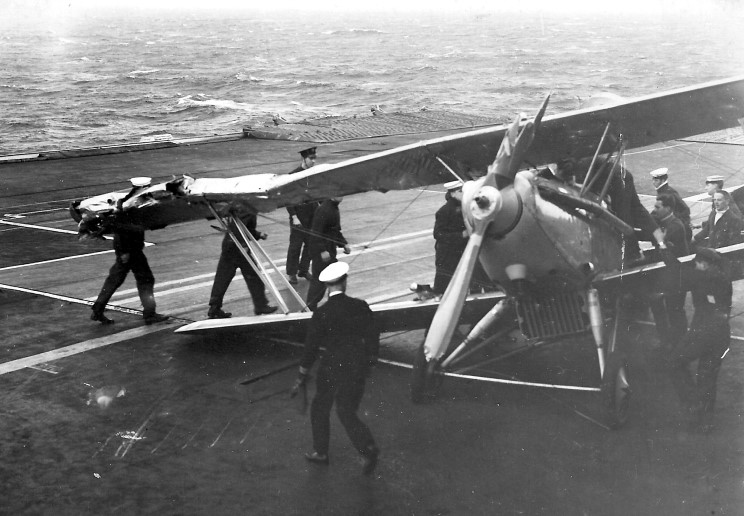 |
|
September 25, 1936: A Hawker Nimrod (K-2830) following a hard landing on HMS Courageous. The pilot, Sgt. Joe R. C. Lane, still in the cockpit being checked out. Sgt. Lane wrote the following account of the accident in the 1980's; "The ship set off again and whilst in the North Sea off Flamborough Head the squadron was airborne and carrying out air drill. The ship disappeared under a fog bank and the squadron flew around without any sign of the ship. As we had been in the air for nearly two hours and were nearing the end of our fuel endurance the ship ordered us to land at Catfoss. We were refuelled and left after about two hours and landed on before the ship dropped anchor off Whitby. A few days later, on 25th September 1936, we were flying in Cromerty Firth, this time carrying out dive bombing on the Orion in the Home Fleet. The weather was atrocious with high winds and a heavy swell. I came over the round-down at the after end of the flight deck and it sank down after passing over a large swell and my arrester hook missed all four of the arrester wires. I looked up as I was about to open the throttle and go round again and saw that I had drifted towards the island, my starboard wing tip hit the funnel, whilst I was still about two feet off the deck, swung the aircraft completely round and it collapsed onto the deck. My last recollections of the incident were of people scattering in all directions when they saw what was about to happen. I was unhurt and my fitter Corporal Dore was soon on the aircraft undoing my safety harness and helping me out of the aircraft. A doctor saw me in the rest room in the funnel and pronounced me OK. When I got to the Sergeants Mess I was told by another pilot that after they had removed my aircraft and as he landed on he saw someone being carried away on a stretcher. I thought I must have hit someone and dashed down to the sick bay and found a young sailor, a deckhand, with a bad gash in his forehead. He told me my aircraft had not hit him but when he saw I was about to hit the funnel he dived under my wing and ran slap into a multiple pom-pom gun platform and knocked himself out. I felt sorry for him but relieved that the aircraft had not landed on him. My aircraft was so badly damaged that the ground crew removed the engine and the remains of the aircraft were dumped overboard. The shipwrights moved in and cut out a piece of the funnel casing about 2 feet square containing the hole my Hucks starter dog on the propeller had made. They presented it to the Sergeants Mess inscribed " Sergeant Lane's Effort"! It was so heavy it took two of us to carry it out and throw it overboard." |
|
(Text courtesy of Chris Lane) |
|
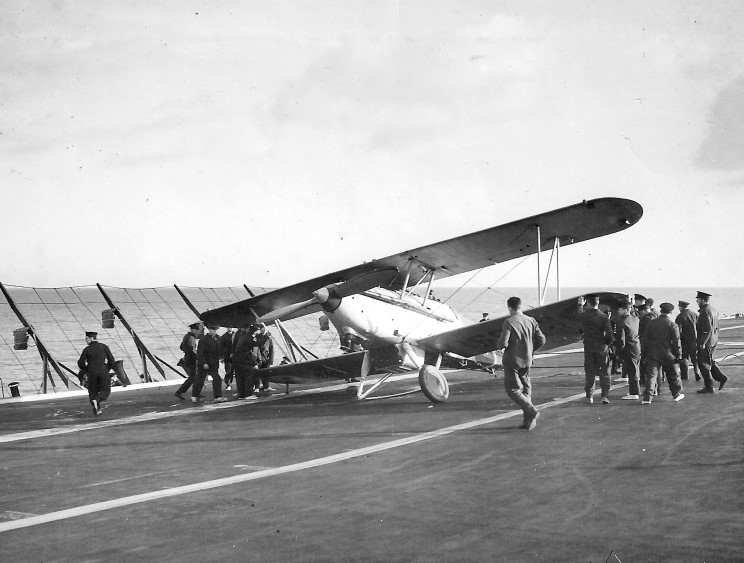 |
|
A damaged Hawker Nimrod on HMS Courageous. |
|
(All photos from the collection of Flying Officer Karl Stubley, R.A.F.) Courtesy of his son Mitchell Knox |
Karl Stubley, R.A.F. Collection |
||
Page 4 |
||
Page published June 13, 2009 |